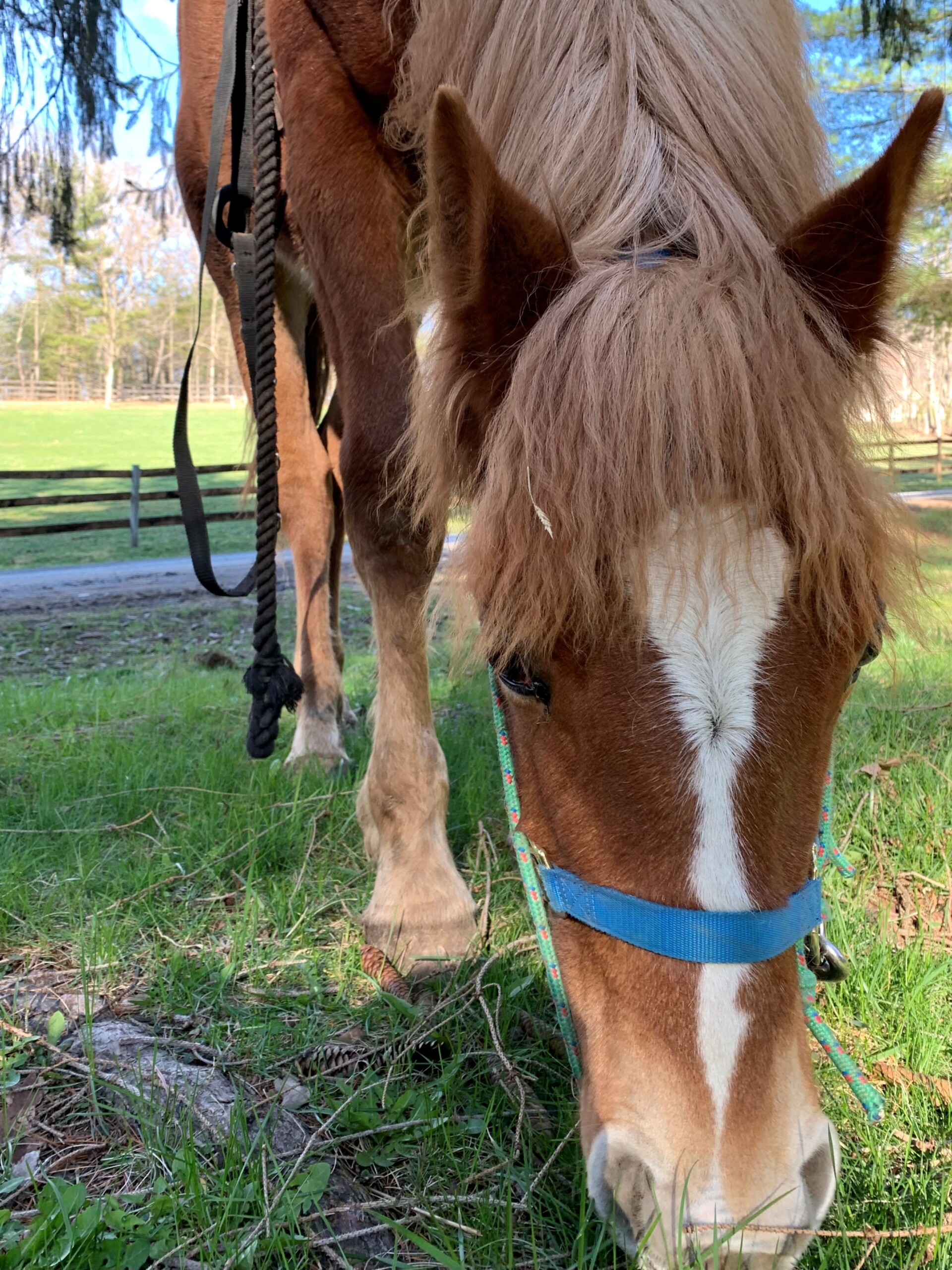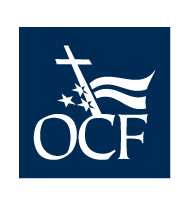Ladies and Gentlemen- we have a yearling! It’s going to be the year of firsts. Let me say, as a lay-horse-trainer, the learning is both challenging and relaxing. Here’s an example: Everywhere Freya goes, she first goes backwards. She walks backwards before she walks forwards. This is the “gold” standard of teaching according to Katy Pistole of Beautifully Broken Ministries.
Any why? It has to do with the specific way that God built Freya’s brain. Freya is a left-brained (dominant or confident) extrovert (curious) horse. The positive side of this is that she is very engaging. She loves to be where the action is, where the people are- to be the center of it all. The negative side, if left unchecked, is that she could become pushy, dominating, and unaware of people in her presence.
We desire to see her become all the beauty that God has built into her little horse spirit. And not just for her, but for all the horses that call WSS home.
Her training for today (14APR23) included:
- Friendly game- desensitizing her to a rope all over her body
- Walking the big hill backwards
- Becoming accustomed to the round pen
- Turning on the hind-quarters (side-stepping only her front feet while her back feet stay planted)
- Turning on the fore-quarters (side-stepping only her hind feet while her front feet stay planted)
- Backing out of the corral and half-way up the road
For me, the work looked like:
- Keeping my signals consistent and gentle
- Keeping my body congruent (my body and voice are speaking the same message.)
- Playing and relaxing with her- it’s not just all work (she’s a baby after all.)
According to Equimed.com, here are some realistic expectations for a yearling: “These youngsters are very curious and enjoy mouthing anything they find in their pastures or stalls. Play toys such as balls and other safe items can help satisfy their curiosity. Weanlings play among themselves by play fighting, galloping, bucking, and running with bursts of speed. During this period, a yearling should be learning to be obedient, to lead quietly, and to stand tied for grooming, vet and farrier work. As the horse approaches its second year, it may learn about the use of bits and may carry a saddle, although a horse under the age of two should not carry any weight. Short training exercises are important, not just for exercise, but also to teach good manners.” https://equimed.com/
Please visit the Springs this summer. I can’t wait to introduce you to little BIG Freya.
Our horses are a community affair. Would you consider donating for hay, farrier care, repairs to tack, medication, or even sponsoring Freya or your favorite horse? Please join us on the the horse adventure!
It’s carrot, apple and oat cake for Freya and all her friends



Love the information! Learning with you
Thank you Renee! I am thankful for the connection the Lord has made between you, WSS and Freya! He is good!